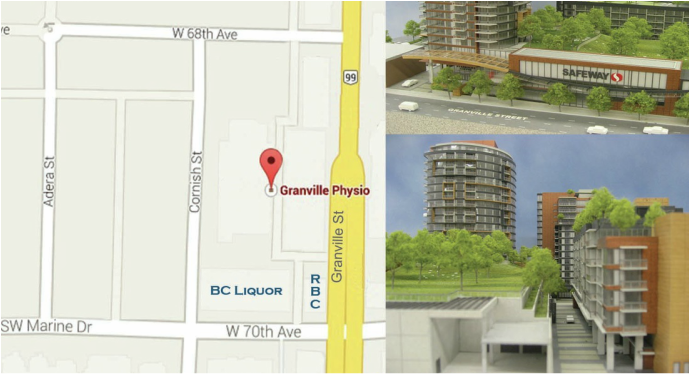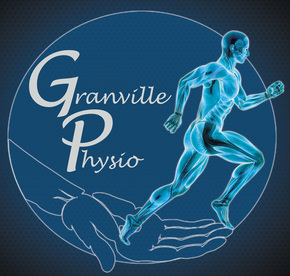Wrist and hand
anatomy
There are two bones in the forearm, the radius and the ulna. Formation of the wrist joint involves the articulation between the radius and ulna, forming the distal radio-ulnar joint, as well as the articulation between the radius and the proximal carpal bones to form the radiocarpal joint. The carpal bones form joints with each other, and meet distally with the metacarpal bones. The metacarpal bones also articulate with the phalanges, which are the bones of the fingers. Digits 2-5 contain 3 phalanges (proximal, intermediate, and distal), while Digit 1 (the thumb) only contains 2 phalanges (proximal and distal).
The anatomy of the wrist is complicated due to the presence of several bones (including long bones, short bones, and sesamoid bones), as well as many intrinsic and extrinsic hand and forearm muscles. Extrinsic hand muscles refer to muscles that lie within the forearm, but insert in the hand to contribute to hand and finger movements. Intrinsic hand muscles refer to muscles that both originate and insert in the hand, and contribute to finger movements. The complex anatomy of the wrist and hand enables for fine motor control that allows us to do tasks such as writing, typing, pinching, or communicating in ASL.
The anatomy of the wrist is complicated due to the presence of several bones (including long bones, short bones, and sesamoid bones), as well as many intrinsic and extrinsic hand and forearm muscles. Extrinsic hand muscles refer to muscles that lie within the forearm, but insert in the hand to contribute to hand and finger movements. Intrinsic hand muscles refer to muscles that both originate and insert in the hand, and contribute to finger movements. The complex anatomy of the wrist and hand enables for fine motor control that allows us to do tasks such as writing, typing, pinching, or communicating in ASL.
Bones of the forearm and wrist
|
Ligaments of the wristExtrinsic ligaments stabilize the joints between the radius and ulna and the hand:
Intrinsic ligaments stabilize the joints within the hand:
|
JointsThere are quite a few joints of the hand, which can be classified into the following major groups:
|
Conditions of the Wrist and Hand:
Carpal Tunnel Syndrome
Dupuytren's Contracture
Myositis Ossificans
Trigger Finger
Wrist Fractures
Wrist Sprains
Carpal Tunnel Syndrome
Dupuytren's Contracture
Myositis Ossificans
Trigger Finger
Wrist Fractures
Wrist Sprains

